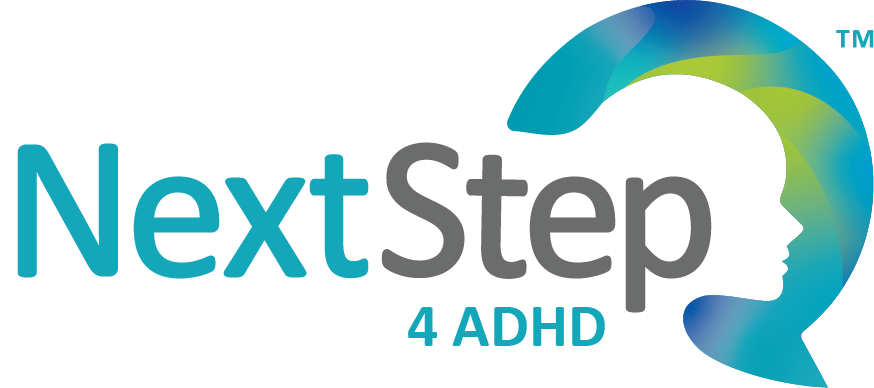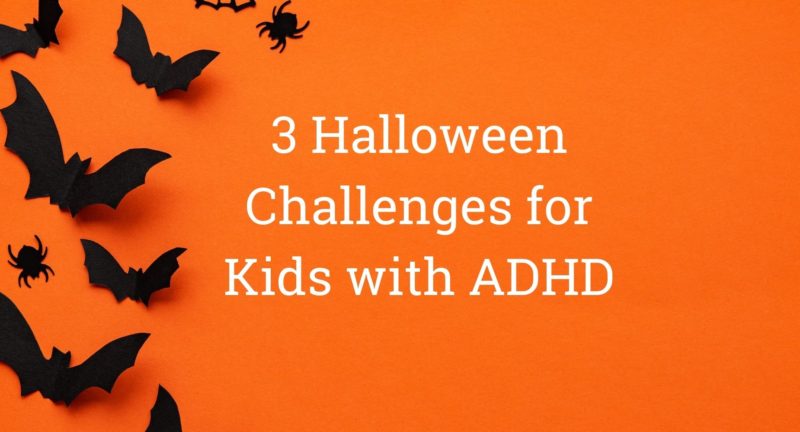
The Procrastivity Dilemma: ADHD and the Struggle to Get Things Done
For individuals with ADHD (Attention-Deficit/Hyperactivity Disorder), the battle against procrastination can be a daily challenge, and sometimes procrastination can open the door to another issue: procrastivity.
The term “procrastivity” captures the unique struggle faced by those with ADHD—an intersection between procrastination and productivity. Procrastivity is when we put off doing something that we should be doing in favor of another task that, while productive, is usually easier, more interesting, or quicker. We’re being productive, but we are really trying to avoid another task.
It can feel like a constant tug-of-war between the desire to accomplish tasks and the difficulty in initiating or maintaining focus.
In this blog post, we will explore the procrastivity dilemma faced by individuals with ADHD and discuss strategies to enhance productivity and overcome the barriers.
Understanding the Procrastivity Dilemma
Procrastivity arises from the complex nature of ADHD, characterized by difficulties with attention, organization, and impulse control. The combination of distractibility, impulsiveness, and hyperactivity can lead to a pattern of delaying tasks and struggling to stay on track. The desire to be productive is often overshadowed by the challenges of initiating tasks, sustaining effort, and maintaining focus. This can create frustration, stress, and a sense of underachievement.
Strategies for Overcoming Procrastivity
Embrace Structure and Organization:
Establishing a structured routine and organizing your environment can provide a solid foundation for combating procrastivity. Break tasks into smaller, manageable steps, and create a schedule or to-do list. Prioritize tasks and allocate specific time slots for each activity. Use visual cues, such as calendars, reminders, and timers, to help you stay on track. By creating structure, you can mitigate distractions and provide a framework that supports focus and productivity.
Implement Time Management Techniques:
Time management techniques are essential for individuals with ADHD to effectively utilize their time and combat procrastivity. One such technique is the Pomodoro Technique, which involves working in focused bursts of 25 minutes, followed by short breaks. This method can help maintain attention and prevent burnout. Another technique is setting specific deadlines for tasks, including self-imposed deadlines if external ones are absent. Breaking tasks down into smaller, time-bound segments can make them feel more manageable and less overwhelming.
Leverage External Support:
Seeking external support is crucial in overcoming procrastivity. Informing family, friends, or coworkers about your challenges can help create a supportive environment. Consider utilizing accountability partners who can check in on your progress and offer encouragement.
Professional assistance, such as therapy or coaching, can provide valuable strategies and guidance tailored to managing ADHD-related difficulties. They can help you navigate challenges, identify coping mechanisms, and develop effective strategies to enhance productivity.
Practice Self-Care:
Self-care plays a vital role in managing ADHD and combating procrastivity. Ensure you are getting adequate rest, engaging in regular physical exercise, and maintaining a balanced diet. Prioritize activities that reduce stress and promote relaxation, such as mindfulness, meditation, or hobbies that bring joy. Taking care of your overall well-being enhances focus, resilience, and productivity.
Celebrate Progress:
Recognize and celebrate your accomplishments, no matter how small. This positive reinforcement can boost motivation and self-confidence. Rather than dwelling on perceived failures or setbacks, focus on progress and learning from experiences. Be kind to yourself and practice self-compassion throughout the journey of managing ADHD and overcoming procrastivity.
Remember, overcoming procrastivity takes time and effort. Experiment with different strategies to discover what works best for you. Be patient and persistent in your pursuit of productivity. By understanding the procrastivity dilemma and implementing effective strategies, individuals with ADHD can navigate the challenges and unlock their full potential, achieving their goals and aspirations.
Recognize the Positive Side of Procrastivity
Procrastivity, despite its negative connotation, can actually have some positive aspects. It allows individuals to acknowledge their accomplishments and view them as progress. By focusing on what has been achieved, even if it’s just one task or small step, momentum can be built, making it easier to tackle more challenging hurdles.
Moreover, analyzing the tasks that were easier to start can provide valuable insights. Asking questions like, “What made it easier for me to start this task?” allows for the identification of strategies that can be applied to other tasks. By understanding the factors that contribute to a successful start, individuals can create an environment that facilitates initiating tasks.
Additionally, treating simpler tasks as warm-up activities can be empowering. Deliberately choosing to start with these tasks helps build momentum and confidence. It serves as a way to ease into more demanding responsibilities and sets the tone for a productive work session.
Remember, it’s essential to celebrate even the small wins. Recognizing progress and adopting a positive mindset can fuel motivation and drive. By appreciating the achievements, individuals can maintain momentum and approach future challenges with greater confidence and determination. So, don’t underestimate the power of procrastivity and leverage it as a tool for personal growth and productivity.
Pinpoint the Root Cause of Procrastination
While there can be positives associated with procrastivity, it’s important to identify the root cause of the procrastination and troubleshoot for those hurdles. Pam Valdes, M.A., AACC, always uses the “Big 3” root causes of & strategies for reducing procrastination.
- Overwhelm
- Dislike
- Fear
The Big 3 have one thing in common: Avoidance of emotional discomfort. After all, who likes to feel overwhelmed, bored, or scared? But here’s the trick: Naming the discomfort tends to dissolve a lot of its power. Take a moment to figure out what’s really stopping you from getting started on that task. You may have to dig a little to figure it out.”
Pam Valdes, M.A., AACC
Comprehensive ADHD treatment, including therapy and coaching, helps you strengthen your skillset and overcome challenges. Our multidisciplinary team can help you learn to THRIVE. You can also request an appointment here.
Related Posts
3 Halloween Challenges for Children with ADHD
Halloween is right around the corner, and for many kids, it's one of the most...
Holistic ADHD Treatment: What Does That Mean?
Around 6.4 million American children and teens live with attention deficit...


